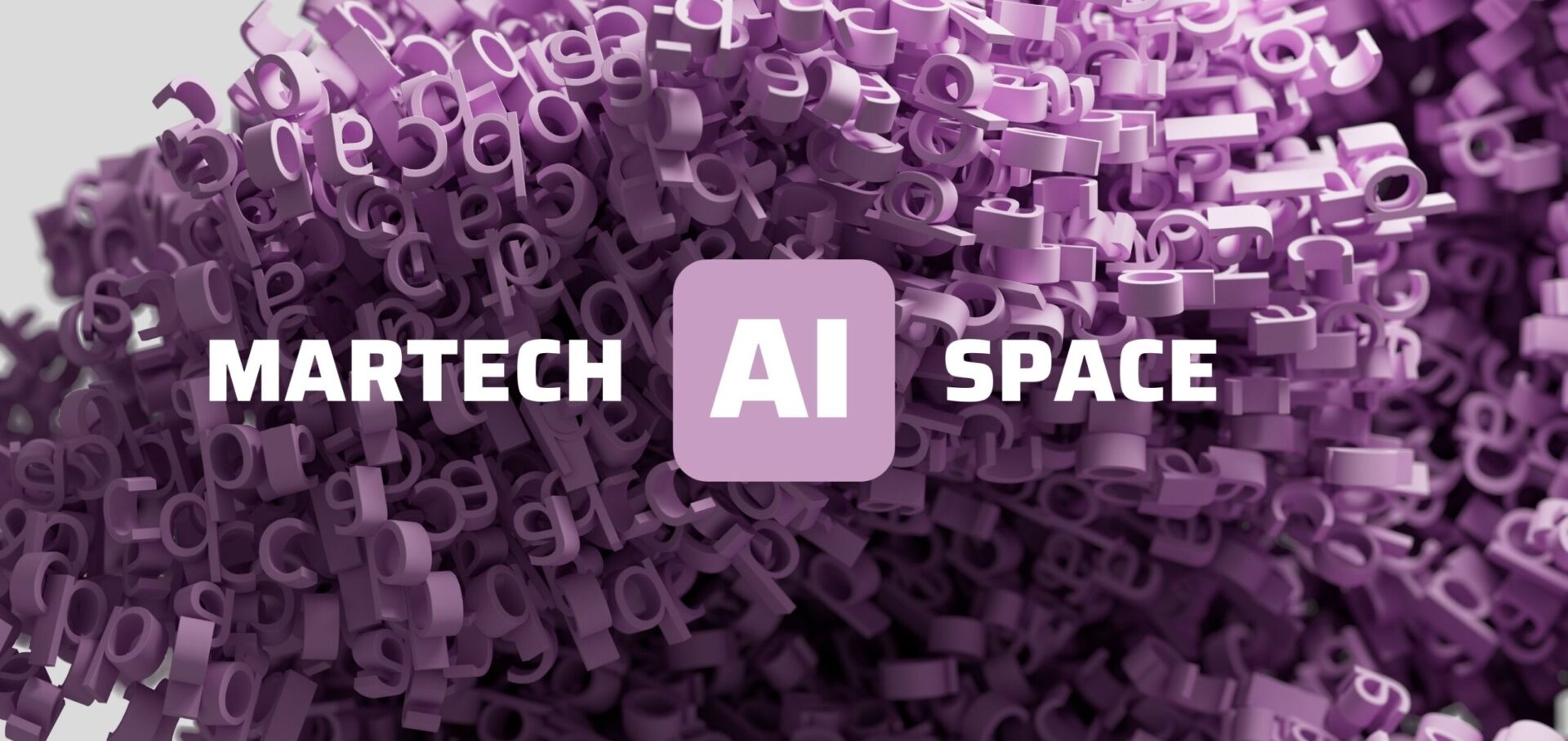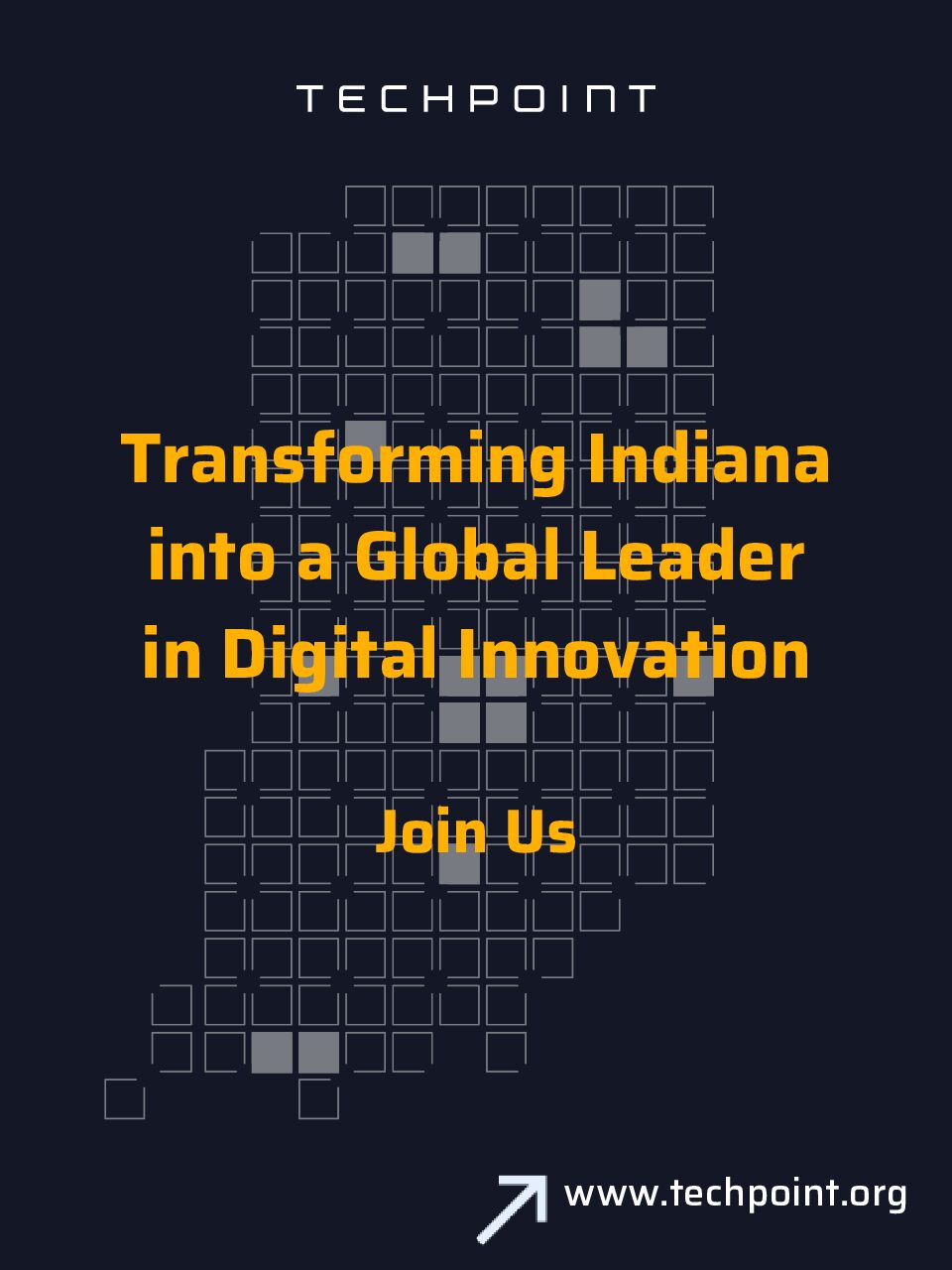Generative AI in Martech: Complement or Competition?
It’s no secret that marketers thrive on creativity and time-saving hacks and last year saw us, and many others, begin to integrate generative artificial intelligence (GAI) tools such as ChatGPT into our daily work. As 2024 gets underway, it seems opportune to discuss what we learned in 2023 and what that means for martech and AI in the new year.
And we thought we should also answer the pressing question of whether this innovative tool is a creative complement that empowers marketing teams or is a competitor to human ingenuity.
The beauty of integrating GAI into marketing lies in its ability to save valuable time. By taking on the burden of certain tasks, AI allows marketers the time to engage in more meaningful, one-on-one interactions with customers. Concerns about GAI replacing human creativity persist, but I view AI as a catalyst that amplifies and enriches human-generated networks.
Imagine writing a book about plants with ties to Greek mythology. Such a project demands comprehensive research that could potentially overwhelm even a sizable team. This is where GAI shines. Like an “army of researchers,” it quickly sifts through mountains of data, producing a wealth of ideas and connections that even the most diligent human researchers might miss. This saves time and generates multiple perspectives that could spark innovation.
We all know that GAI can spit back facts all day long, but you should also know its versatility with voice. Let’s say I am ghost writing a thought leadership piece at my company. I can provide GAI with a list of articles that the executive has authored and prompt it to re-write a piece in a similar voice and tone to those articles. In a few short minutes, I’m able to seamlessly blend AI-generated content with the authentic voice of one of our leaders.
ActiveCampaign is a leading player in leveraging AI in the martech space. Using advanced GAI capabilities, the company revolutionized how businesses form and execute their campaign language in its email designer. Marketers can swiftly construct and evaluate diverse content variations in terms of tone, structure and intent. These variations can be rigorously tested across various segments and lists, enabling users to fine-tune their campaign strategy by aligning it with insights drawn from outcomes.
GAI is also implemented it the company’s automation builder. Marketers can simply provide the tool with their objectives and desired outcomes and the tool helps convert them into actionable automations. This ensures automation efforts are aligned with your intended goals, resulting in more targeted and effective customer journeys.
Because incorporating GAI’s opportunities enables publishing content at a higher frequency and at a faster pace, a new content process was developed. Many organic content types (ex: best martech stack) are formulaic and templatizable; these pieces can be created in a fraction of the time they used to be without sacrificing quality. In Q1 2023, for example, the company published 30 pieces of content. In Q2, GAI enabled the company to publish 300 content pieces.
While GAI offers immense value, striking the right balance is crucial. No matter the content, the human touch remains irreplaceable. GAI can handle routine interactions, but certain high-stakes interactions require the authenticity of human engagement. Social media interactions, for instance, resonate more profoundly when they emanate from human voices. While audiences are increasingly accepting of AI’s role, it’s the moments that hold emotional weight (personalized responses to customer feedback or immersive onboarding experiences) that demand the resonance of human interaction.
Ultimately, GAI in martech holds the promise of optimizing marketing strategies. It isn’t about pitting it against human creativity; instead, it’s about harnessing AI to amplify human ingenuity. GAI can expedite research, generate multiple perspectives and streamline content creation, but the heart of the matter continues to lie in human interaction. This is especially true for high-touch moments that foster deep customer connections. Through personalized video messages, interactive in-person sessions or heartfelt social media responses, brands can transform customers into lifelong advocates.
I’ve come to realize that GAI isn’t an adversary to human creativity; it’s a collaborator that enhances the creative process. By harnessing the power of AI, marketing teams can free themselves from routine, administrative tasks and focus on what truly matters: forging meaningful connections with customers. With GAI as a dynamic complement, businesses can forge ahead into a future where technology and humanity coexist to perfect the art of relationship building.




